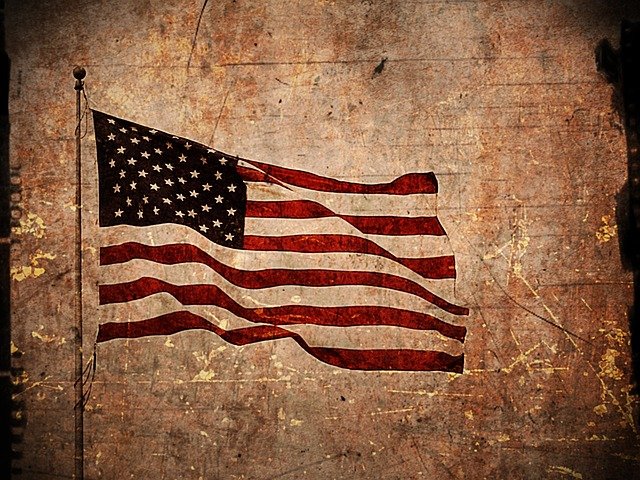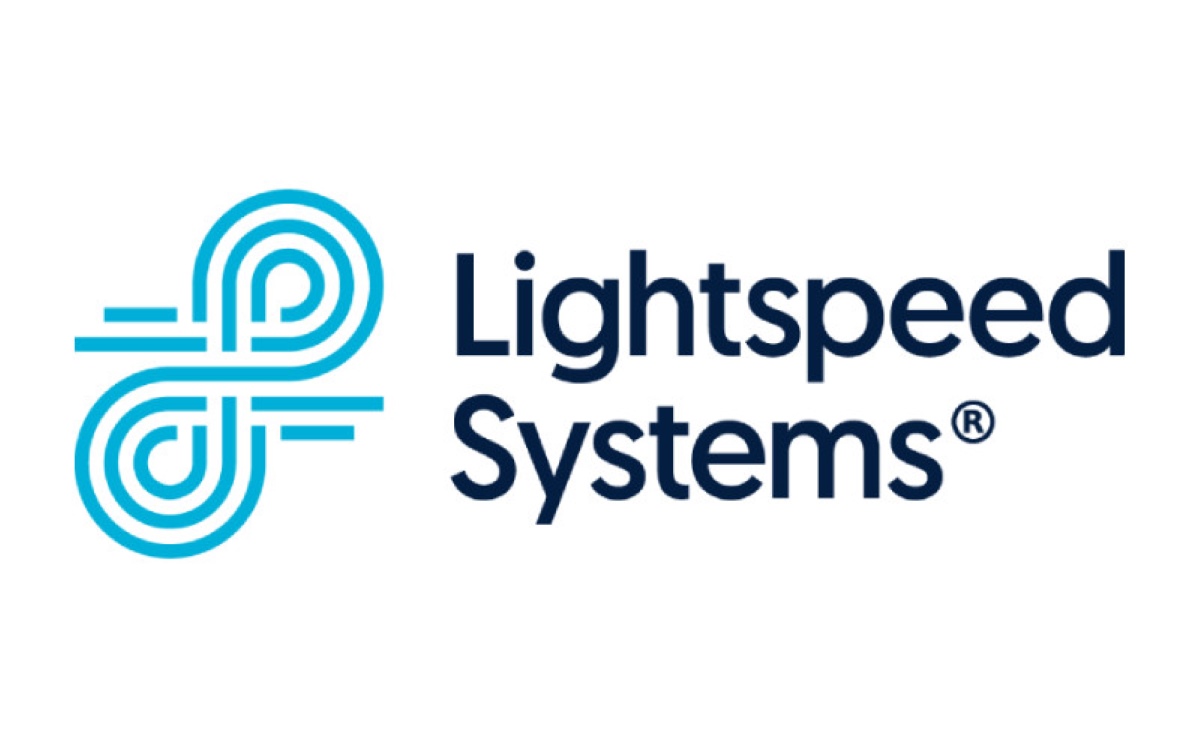6 Ways to Discuss the Jan. 6 Capitol Riot with Your Students
In regard to the Capitol riot, focusing on facts from reliable sources and experiencing historic moments can be teachable moments

Teaching about the capitol riot isn’t easy.
The event shocked the nation last year and has been one of many polarizing moments in recent history. However, that’s not a reason to shy away from discussing the topic in school. After all, classrooms can be the best places for students to learn about and process these types of events.
“It was a very disturbing and significant moment in American history, so most students will be needing a place to consider it outside their families,” Dr. Sigal Ben-Porath, an expert in civic education at the University of Pennsylvania Graduate School of Education, told us last year in the immediate aftermath of the riot.
"It is still important to help students focus on the facts, and especially investigate the facts together," she says today. "Trying to reach shared conclusions, and negotiating the reliability of the information they are considering, is a key practice and skill, especially when talking about difficult and controversial events or topics. Getting more eyes on the same sources, and assessing them, can help improve media literacy and reduce susceptibility to disinformation."
Last year, she also shared several pieces of advice for incorporating discussions of the event into classrooms that remain relevant.
1. Focus On the Facts
Teachers can discuss the facts of what occurred as well as discussing the roles of voters, electors, the courts, state legislative bodies, and Congress in an election, said Ben-Porath.
“I think facts, and not your stance on the matter, are the main learning goal for teachers,” Ben-Porath said.
Tech & Learning Newsletter
Tools and ideas to transform education. Sign up below.
This year, teachers might also consider delving into the ongoing fallout from the riot, and look at who might be charged with crimes and why.
2. Seek Out Good Sources
Hand-in-hand with this facts-first approach, educators should use the event to further highlight digital literacy lessons, Ben-Porath said. Students can look at diverse and reliable news sources, ranging from local to national publications and apply critical thinking skills to unverified social media posts.
She added that with older students and politically open classrooms, teachers can move on to questions about student reactions to the events. But not every class will be able to take that next step. “For some teachers, it will suffice to just stay with what the facts are and where we can find them,” Ben-Porath said. “Even if we just stay there, we have done a lot to overcome some aspects of this polarizing moment.”
3. Consider Discussing the Event in any Class
This discussion will come naturally to civics, social studies, and history classes, but the topic shouldn’t be left to the humanities educators alone. “I don't think it's solely the responsibility of the social studies teacher,” said Ben-Porath. “I really think that a math educator, a science educator, the people who are in the classroom or virtual classroom today, have a responsibility to make even a limited 15-minute portion of the class available to students to discuss it.”
4. Explore Living Through Historic Moments
It’s a good time to remind students these are historic times that can be compared to other crucial moments in the history of democracy, Ben-Porath said. She suggested building exercises and discussions that ask students to document where they were, what they were doing, and what others who were nearby might have felt as events unfolded at the Capitol.
5. Remember That Educators Can Help Navigate Society Through Turbulent Times
The polarization of American society today is epistemic, Ben-Porath said, “Meaning we don't share the same knowledge, the same information, the same understanding of reality.”
“The way to overcome the polarization that is plaguing our country is rebuilding a shared foundation of knowledge,” Ben-Porath said. “This is what teachers do. This is what they do every day. This is their trade. Who, if not teachers, can help us do this?”
6. Examine Different Viewpoints On The Event
A year after the event, Ben-Porath says it's important to encourage a civil discussion of different perspectives.
"If there is a range of views among students in class, have a clear structure for airing and considering them," she says. "It is good for students to share their views and beliefs -- even misguided ones -- and to consider them in a shared and structured setting. If students share a limited range of views, or if those who speak are mostly in agreement, the teacher could help them consider the question, 'Why is this a controversial topic in the public debate, or in congress, today?' The teacher could also ask, 'If someone disagrees with you, what would be their best argument? How would you respond?'"
The events of January 6, 2021, also provide a good context to explore these and related themes. "It can allow the teacher to talk about relevant topics, from the three branches of government to the value of democracy, and the importance of peaceful protest," Ben-Porath says.
Erik Ofgang is a Tech & Learning contributor. A journalist, author and educator, his work has appeared in The New York Times, the Washington Post, the Smithsonian, The Atlantic, and Associated Press. He currently teaches at Western Connecticut State University’s MFA program. While a staff writer at Connecticut Magazine he won a Society of Professional Journalism Award for his education reporting. He is interested in how humans learn and how technology can make that more effective.

